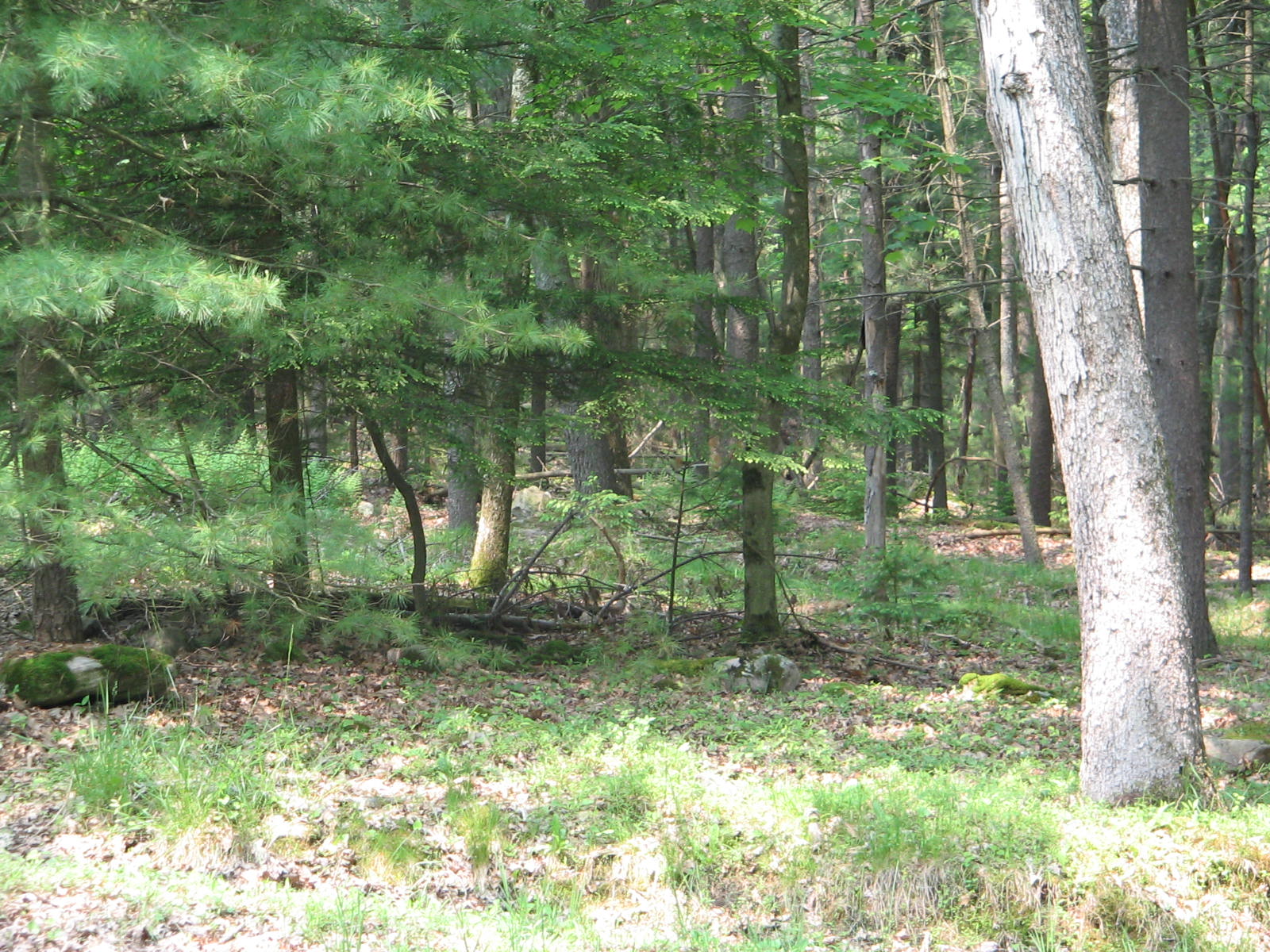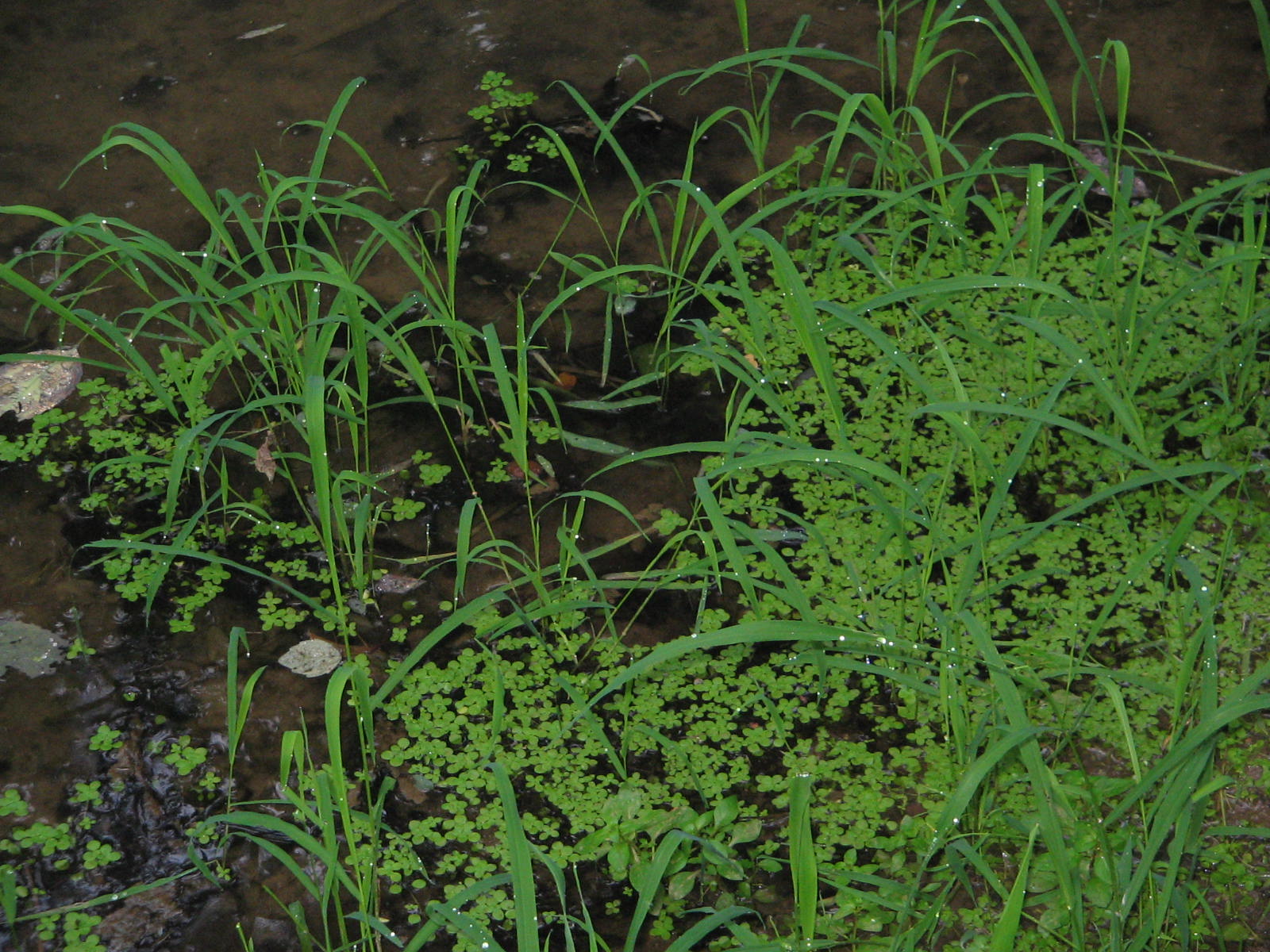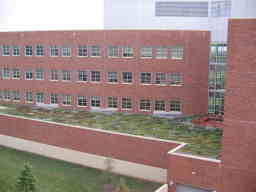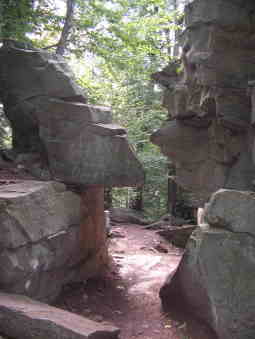 |
Amphibians Internet Activity Based on Bullfrog at Magnolia Circle by Deborah Donnard, Illustrated by Kristin Kent |
![]() 1. Write three things all amphibians have in common.
1. Write three things all amphibians have in common.
![]() 2. Some bullfrogs live in a bayou.
2. Some bullfrogs live in a bayou.
What information resource(s) would you use to find out if there are bayous in your state?
![]() 3. If you wanted to find a frog, which place is your best bet?
3. If you wanted to find a frog, which place is your best bet?
![]() 4. Different animals are active at different times of the day.
4. Different animals are active at different times of the day.
Based on the story, you would say that bullfrogs are:
diurnal |
crepuscular |
nocturnal |
Which one are you?
![]() 5. Based on what they eat, bullfrogs are: (Hint: You might want to use an online dictionary to learn the meanings of these words.)
5. Based on what they eat, bullfrogs are: (Hint: You might want to use an online dictionary to learn the meanings of these words.)
omnivores |
herbivores |
carnivores |
cookievores ;-) |
Which are you?
Bullfrogs are: a Predator | a Prey animal | both a predator and a prey
Are people sometimes predators?
Listen to a bullfrog's call.
![]() 6. Name three amphibians, including one frog, that can be found in your state.
6. Name three amphibians, including one frog, that can be found in your state.
(Hint: Check in your state's forest, fishing or natural resources department's websites.)
![]() 7. Write the four stages in the life cycle of frogs. Frog's Life (Time for Kids) Sesame Street animated version on Youtube
7. Write the four stages in the life cycle of frogs. Frog's Life (Time for Kids) Sesame Street animated version on Youtube
![]() 8. Watch - Frogs! video @YouTube
8. Watch - Frogs! video @YouTube
"People can often learn about things around them by just observing those things carefully, but sometimes they can learn more by doing something to the things and noting what happens. Describing things as accurately as possible is important in science because it enables people to compare their observations with those of others.
Tools such as thermometers, magnifiers, rulers, or balances often give more information about things than can
be obtained by just observing things without their help."1
What are four measurements a scientist studying frogs would make?
Write the measuring instrument the scientist would need for each measurement
a.
b.
c.
d.
![]() 9. Scientists sort organisms to study them. They use a process called Classification or Taxonomy to describe
9. Scientists sort organisms to study them. They use a process called Classification or Taxonomy to describe
and categorize all living things.
Fill in the missing information to classify bullfrogs using this information at Animal Diversity Web
Kingdom -
Phylum -
Subphylum -
Class -
Order -
Family -
Species -
Choose another organism from the story. Fill in the classification for it. (Some are from the illustrations)
Duckweed, crayfish, spanish moss, sphinx moth, black-crowned heron, raccoon, cricket frog,
water lily, green darner dragonfly, Arumleaf Arrowhead
Kingdom -
Phylum -
Subphylum -
Class -
Order -
Family -
Species -
10. Read about a case of deformed frogs in Minnesota, USA . What can people learn from observing species?
Investigations:
![]() How does pollution impact a bayou or other wetland?
How does pollution impact a bayou or other wetland?
![]() Amphibian Facts Activity - doc. format |
Amphibian Facts Activity - doc. format | ![]() pdf. format
pdf. format
![]() Make a pamphlet, a computer presentation or a poster about frogs. Explain their role in the ecosystem.
Make a pamphlet, a computer presentation or a poster about frogs. Explain their role in the ecosystem.
![]() Draw the life cycle of an amphibian.
Draw the life cycle of an amphibian.
“It's not easy being green.” Kermit T. Frog
Internet Hunts / Plants and People / Puzzles & Projects / Pennsylvania Projects / Water & Watersheds Study Unit / Home
Nature / Milkweed & Monarch Butterfly Mania / Bluebirds at School / Best Treat of All / Fields & Meadows / Lentic or Lotic ecosystem?
All trademarks, copyright and logos belong to their
respective owners.11/2007
Cindy O'Hora, updated 4/2023
May be printed
for use in a classroom setting.
![]() Save a tree - How to make a Digital Answer Sheet: Highlight the text of the questions on this web page, copy them - Edit .. Copy. Open a text document or word processing document. Paste the questions into the blank document. Answer the questions in the word processing document in a contrasting color (NOT YELLOW) or font (avoid fancy fonts like:
Save a tree - How to make a Digital Answer Sheet: Highlight the text of the questions on this web page, copy them - Edit .. Copy. Open a text document or word processing document. Paste the questions into the blank document. Answer the questions in the word processing document in a contrasting color (NOT YELLOW) or font (avoid fancy fonts like: ![]() , Symbol,
, Symbol, ![]() or
or ![]() ). Save frequently as you work. I do not like losing my work. You will not like it either. Submit your assignment via an electronic class dropbox or email attachment. Save a copy of your work on your computer.
). Save frequently as you work. I do not like losing my work. You will not like it either. Submit your assignment via an electronic class dropbox or email attachment. Save a copy of your work on your computer.
Proof read your responses. It is funny how speling errors and typeos sneak in to the bets work. ![]() | Make Your Own Printed answer sheet.
| Make Your Own Printed answer sheet.
1 Science NetLinks Benchmark 1- Nature of science - How science works



